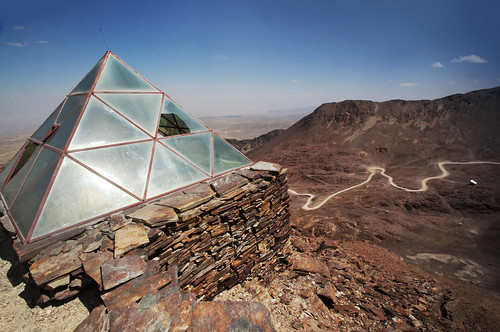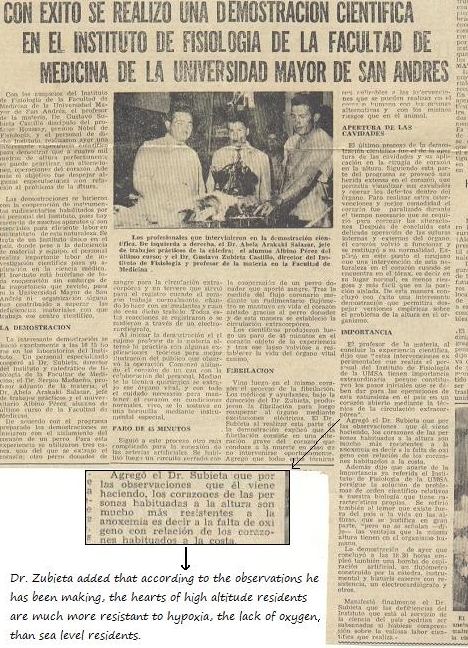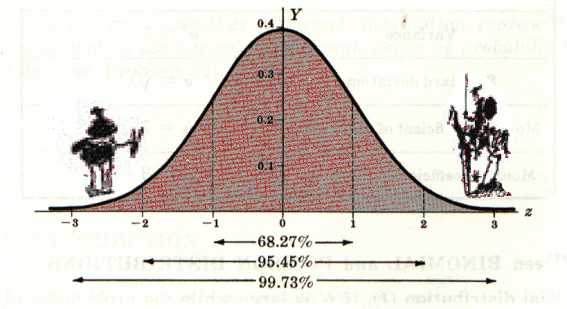“Spending the 90s”, as he used to affirm, Prof. Dr. Gustavo Zubieta-Castillo,
has left this physical world on Sep17, 2015 leaving behind: everything he used, personally created, his thoughts, his questioning attitude, his severe criticism of what he considered wrong or misleading, his inquisitive mind, his courage and tenacity, his kind and generous attitude, his extraordinary teaching abilities, his visionary inteliigence, his defense of life at high altitude, his poems, his capturing literary production, his paintings in oleo, his discipline, his tolerance with arrogance, and even his own organism.
A member of the Bolivian Academy of Sciences, Bolivian Literature Academy, yet simple and friendly. He was the organizer of the First World Congress on High Altitude Medicine and Physiology that started in La Paz, Bolivia and moved on to Cusco, Peru – Matsumoto, Japan – Arica, Chile, Barcelona, Spain, Xining, China & Lhasa, Tibet and many other cities – countries that we lost track of.
In Bangalore, India he was named with the generous sponsor of Dr. Thuppil Venkatesh, the “lead man of India” at the Saint John’s University the Parvatha Guru (Mountain Guru) a unique distinction that he was proud of.

We constructed the Chacaltaya Pyramid (glass) Laboratory at 5300m (the highest in the world).
Natalia Zubieta, his granddaughter created and founded the High Altitude Museum in Oct 20, 2010 (the first in the world). He strongly supported it and felt very proud of her being the director.
He was the leader that crystallized the highest soccer (football) game played on the summit of Mount Sajama (6542m) proving that sports at that high altitude was possible, denoting the extraordinary capacity of the Aymaras, thereby defending Bolivia to play the world cups in its own grounds in La Paz (3600m).
His original and unique views on what was called Chronic Mountain Sickness, a term he proposed be discarded and be rather expressed as PolyErythroCythemia (as a more precise symptomatic description of multiple pathologies in the hypoxic environment of high altitude, was a subject of controversy but of his absolute certainty based on his over 50 years of physician at high altitude. He opposed the obsolete concept of reducing the red blood cells with archaic treatments such as phlebotomy or the use of toxic drugs such as Phenylhydrazine, an OMS proscribed drug. He interrupted its use saving thousands of Polycythemia patients from a guaranteed fatal outcome. He often considered this his most outstanding feat.
He created the “Triple Hypoxia Syndrome” an essential description to explain momentary decrease of PaO2 in Polyerythrocythemic patients.
His concepts of hypoxia gave rise to the formulation of the High Altitude Adaptation Formula.
Upon arrival to La Paz, from a sea level trip, in spite of the fatigue, he would insist that tests be performed on ourselves to observe adaptation. This gave rise to the paper “Adaptation to high altitude through hematocrit changes”.
As a young professor of physiology at Universidad Mayor de San Andres, in La Paz, he performed isolated heart perfusions in dogs and proved that heart surgery could be successfully carried out at high altitude.

He also affirmed back in 1964 that the hearts at high altitude were more resistant than at sea level. This visionary observation is currently subject of innumerable papers of the favorable effects of hypoxic exposure on heart function.
Following the observation of the low levels of PaO2 in patients with PolyErythrocythemia at high altitude, the soccer game on Mount Sajama (6542m), the fetal PaO2, he formulated the theory that man can adapt to live at the summit of Mount Everest. His last conference on this was given this February 2015 at the Conference Internacional de Medicina de Altura (CIMA) in Puno, Peru in a joint effort of the Peruvian Medical and Bolivian Medical Colleges. He was awarded distinctions that he much enjoyed. Thank you to all those that recognized his talents.
He wrote a unique article entitled “The mathematics in the structure of Literature”, showing how Miguel De Cervantes description of Don Quijote and Sancho Panza were extremes in a Gauss curve. Several of his books on essays are a delight to read (in Spanish).
We jointly created the First High Altitude Pathology course in La Paz, Bolivia. We then went on to create the Congress on the Effect of Hypoxia on Diseases at high altitude that later evolved to be, held every two years, uo to the V Chronic Hypoxia Symposium. We then went on to create the International Society of Chronic Hypoxia (ISCH) with several colleagues attending the II Chronic Hypoxia Symposium. The Wilderness and Environmental Medicine Journal kindly published our abstracts, for which we are most profoundly grateful.
One of the most interesting achievements, was his concept that in regards to Chronic Mountain Sickness, it was unacceptable to talk about loss of adaptation. He strongly affirmed: “there is no loss of adaptation!!”.
Consequently he wrote:
” The organic systems of human beings and all other species tend to adapt to any environmental change and circumstance within an optimal period of time, and never tend towards regression which would inevitably lead to death”.
In fact we had a dissenting point of view in the International Consensus for the Definition of High Altitude Diseases, that eventually stopped the use of the term “loss of adaptation”.
We created the “Science, Honor and Truth” award and a medal which says “defeating hypoxia”. The most distinguished scientists that truly follow these forgotten concepts are awarded every two years
.
We wrote the first book published in English in Bolivia called “High Altitude Pathology at 12000 ft”. It was dedicated to: “Those of short breath at high altitude”.
Our research and publications, never received one sole grant (being them nonexistent in Bolivia), and all science was produced with our own funds acquired at the High Altitude Pulmonary and Pathology Institute (the first altitude clinic in the world, founded 45 years ago), from treating our patients. This became his contribution to the well-being of the residents of high altitude. In order to carry out such feats, we constructed our own equipment using very basic and inexpensive materials, writing our own software, and giving all our time and effort with satisfaction thereby having “the Joy of seeing the light” as our dear friend and outstanding physiologist Poul-Erik Paulev affirmed. We jointly created the Poul-Erik High Altitude Diving Laboratory in his honor and we developed high altitude diving tables.
His publications are cited in many papers around the globe and have recently shot up in the number of downloads and views are available at ResearchGate. Don’t miss them, they are historic.
See part of his lifetime achievements at:
He had an absolute certainty that after he left, he would receive recognition for his work and for his theories of which he never doubted. That is left to be seen if he was right!
Thank you father, mentor, professor, wise mountain Guru for having left us a legacy, and a school of thought that Natalia, Rafaela, (my two daughters), Lucrecia my wife, Nancy. Luis and Rosayda (my brother and sisters), Clotilde (my mother, his attentive and unconditional supporter and lifetime companion), Joyce, Andrei, Gustavo, Katia, Luis Andres and Sebastian, (his other grandchildren) and even his first grandson Thomas Andrew Jenkins will spread and continue.
Prof. Dr. Gustavo Zubieta-Calleja
High Altitude Pulmonary and Pathology Institute IPPA
High Altitude Pulmonary and Pathology Institute IPPA



